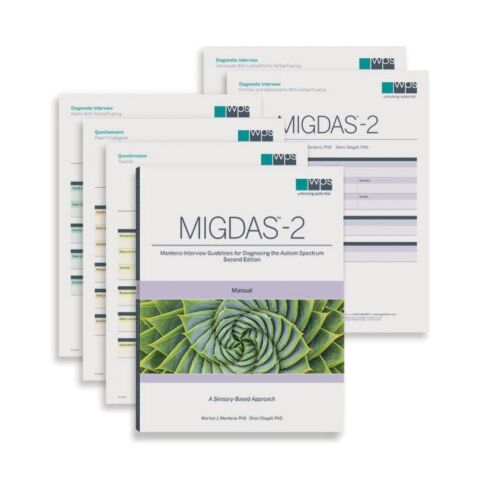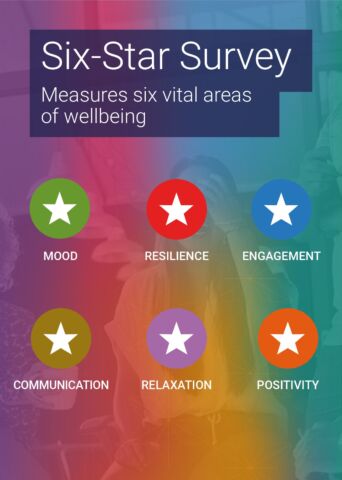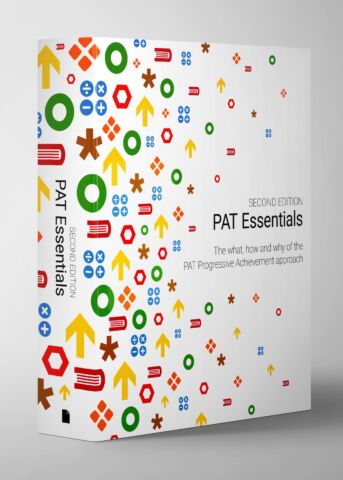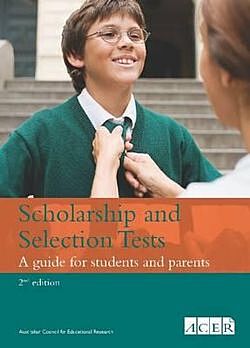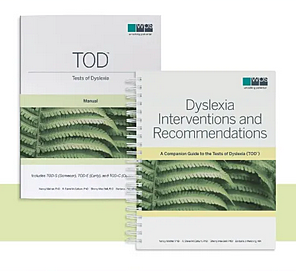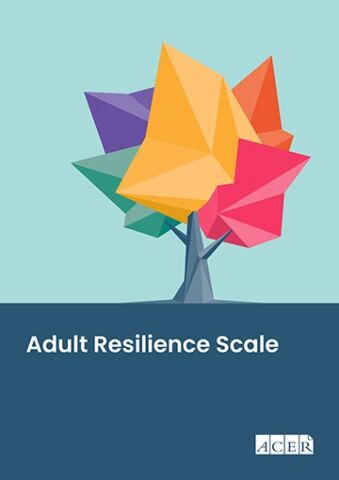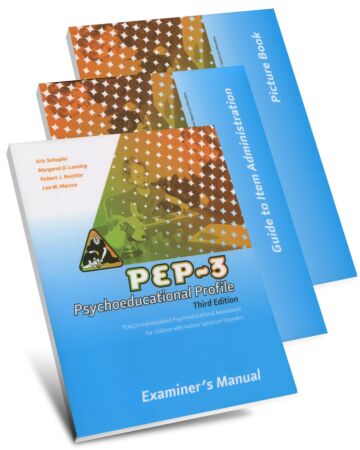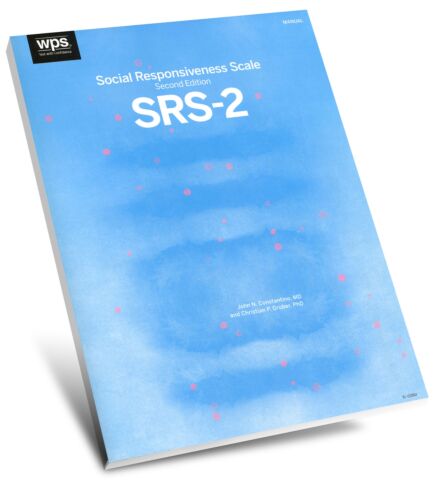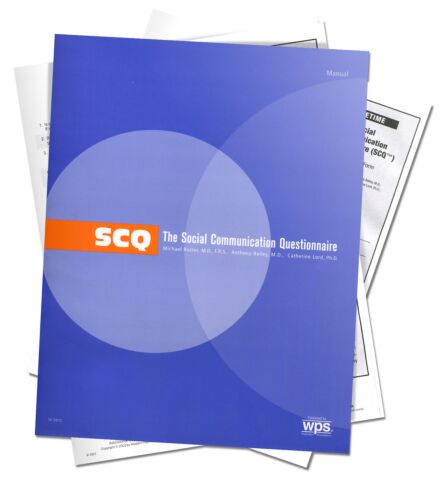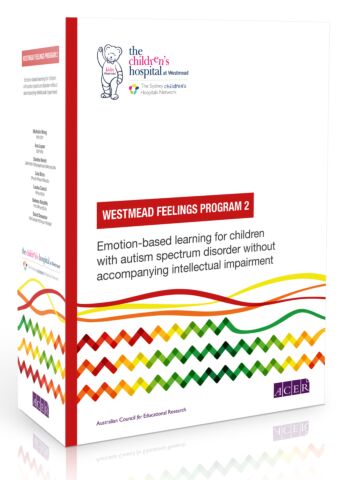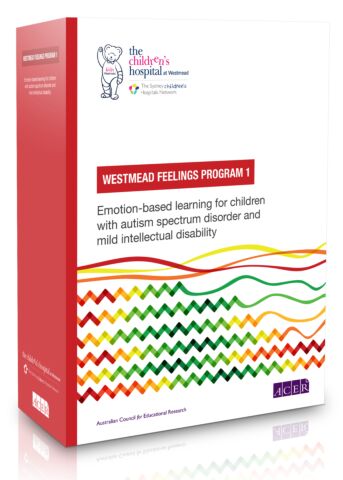Psychoeducational Profile – Third Edition (PEP-3)
Author(s) : Eric Schopler, Margaret D. Lansing, Robert J. Reichler and Lee M. Marcus
Publisher : Pro-ED USA, 2005
SKU : PG_PEP3
Purpose: Assess the skills and behaviors of children with autism and communicative disabilities
Age: 6 months-7 years
Time: 45 minutes - 1.5 hours
The Psychoeducational Profile, Third Edition (PEP–3) is used to assess the skills and behaviors of young children with autism and communication disabilities. Because it charts uneven and idiosyncratic development, emerging skills, and autistic behaviors, the PEP-3 is particularly useful in planning Individualised Education Programs (IEPs) for school-age children.
Domains measured by the PEP-3 reflect current research and clinical concerns, especially in the areas of social functioning and communication:
- Visual–Motor Imitation
- Affective Expression
- Social Reciprocity
- Characteristic Motor Behaviors
- Characteristic Verbal Behaviors
- Cognitive Verbal/Preverbal
- Expressive Language
- Receptive Language
- Fine Motor
- Gross Motor
In addition, a new Caregiver Report asks the parent or caregiver to estimate the child’s developmental level compared with typical children. The report consists of three subtests: Problem Behaviors, Personal Self-Care, and Adaptive Behaviour. This report alerts teachers to the student’s developmental inconsistencies, providing guidelines for instructional planning.
Improvements to the PEP–3
- Provides data for within-group comparison to children in the autism spectrum - Offers normative data both from a group of children in the autism spectrum as well as from a comparison group of children without autism
- The function domains have been revised to reflect current research and clinical concerns, especially in the area of social and communication functions
- All of the toys and materials needed to administer the test (except food, drink, and a light switch) are now included with the test
- New items and subtests have been added; obsolete ones were deleted
- Validity evidence is provided for children in the autism spectrum for all areas measured by the test
- The scoring has been quantified as 0, 1, and 2; and each score is clearly defined, making statistical comparisons more accurate. At the same time, the flexibility of the previous system, using pass, emerge, and fail, has been maintained
The following qualifications are required to access this product. Please
login or register to proceed
Please contact ACER Customer Service on +61 3 9007 2048 if you have any queries.
Restricted (R)
- A four-year psychology qualification PLUS postgraduate training in psychological tests
Examples of areas of speciality: Psychiatry, Paediatrics
